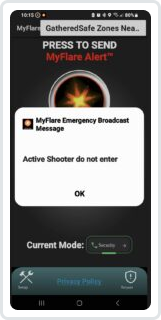MyFlare Alert™: Transforming School Safety
In today’s world, creating safe learning environments is more challenging than ever. If concerns about safety keep you up at night, the MyFlare Alert Safety System provides peace of mind with its advanced, scalable solutions designed to protect our schools.
Rapid Response, When It Matters Most
Discover the most affordable and comprehensive safety solution for communities: MyFlare Alert. Our system ensures the fastest response times, crucial in emergencies where every second counts. See our patented technology in action through a live drill demonstration, showcasing how we significantly reduce police response times.
Safe learning environments are increasingly at risk as schools confront growing dangers
If concerns about safety are causing you sleepless nights, the MyFlare Alert™ Safety System offers a suite of solutions to ease your worries.
This scalable suite of products, the most affordable and comprehensive solution available for communities today, delivers the quickest response time. In fact, you can witness our system in action through a live drill and see for yourself how our patented solution significantly reduces police response times by minutes, a critical factor where every second can mean the difference between lives saved or lost.
Our Wall Alarm feature instantly connects your institution to the police force, enabling them to see, hear, and command the situation within a fraction of a second.
Instant Connection with Wall Alarm
The Wall Alarm feature instantly links your school with local law enforcement, allowing them to see, hear, and take control of any situation almost immediately.
For a deeper understanding, click here.
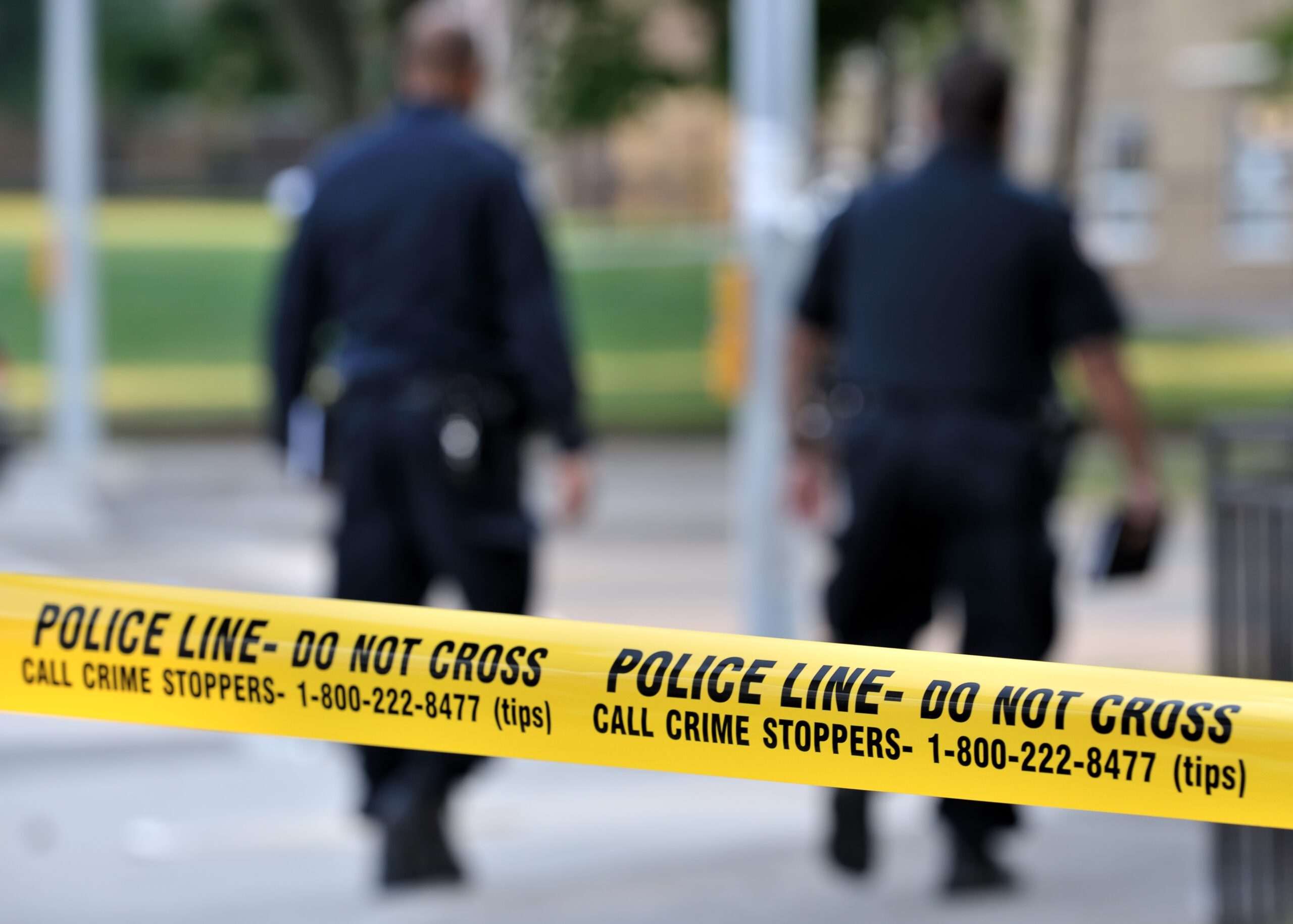

Seamless Crisis Management Integration
MyFlare Alert integrates effortlessly with your existing crisis management plans, automating responses and providing flexibility across various settings. This removes the burden of on-the-spot decision-making during emergencies.
Expert Insights
Hear from Detective Dan Jewiss of the Connecticut Police Department, who emphasizes the critical nature of swift response times, sharing lessons from his experience as the lead detective during the Sandy Hook shooting.
Enhanced Communication and Reunification
Beyond shaving off crucial minutes from police response times, MyFlare Alert simplifies critical decision-making and streamlines post-event communication, aiding in the reunification process.


Secure Registration for Full Access
To explore MyFlare Alert’s full capabilities and ensure sensitive information remains protected, registration is required.
Register here to modernize student safety with the MyFlare Alert Active Shooter Early Warning System, guaranteeing the fastest police deployment in the most extreme situations.
Commitment to Modernizing Student Safety
With MyFlare Alert™, you don’t have to compromise on student safety. Let’s not leave our students behind in a world where rapid response can save lives.





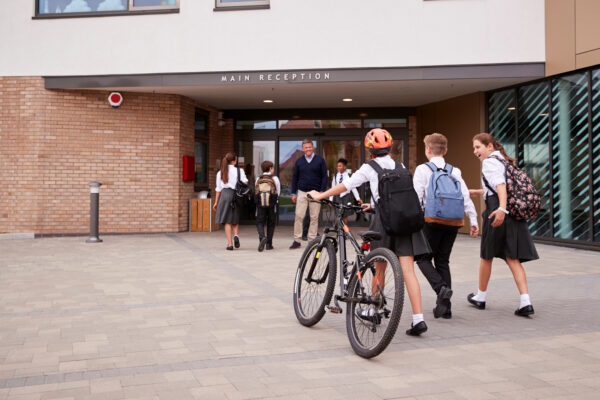
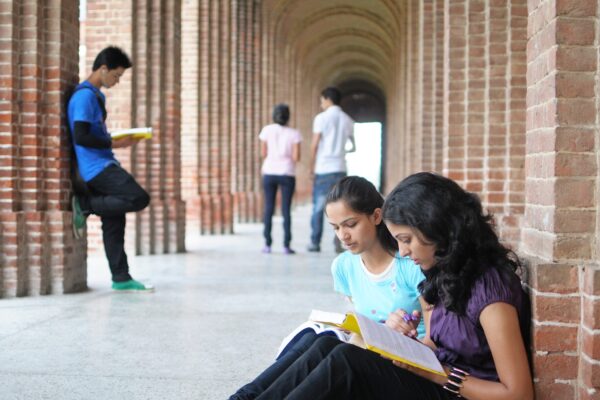
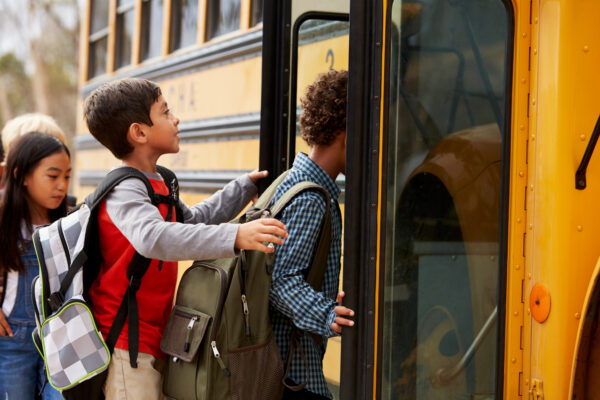
S1E5 What's New In Blue:
Dispatch Response in Active Shooter Events feat. Dan Jewiss
Gain insights into the importance of swift response times from Detective Dan Jewiss of the Connecticut Police Department, shares his insight into the importance of swift response times valuable lessons learned during his time as lead Dective during the Sandy Hook shooting in 2012.
MyFlare Alert™ not only shaves crucial minutes off response times for more effective police management but also simplifies the decision-making process during critical moments.
The system’s communication component allows your organization to manage messaging and assist in post-event re-unification.
